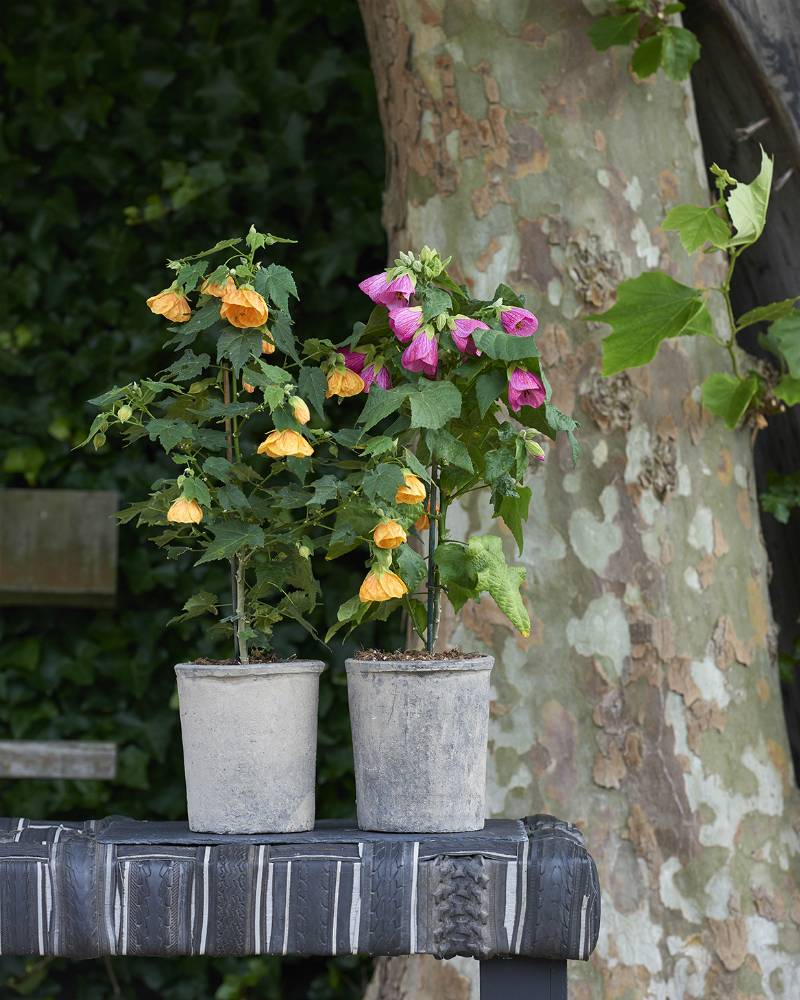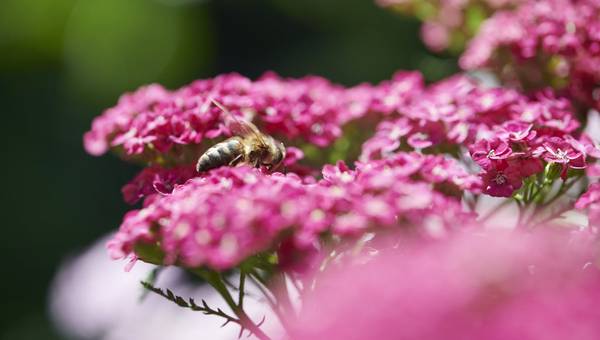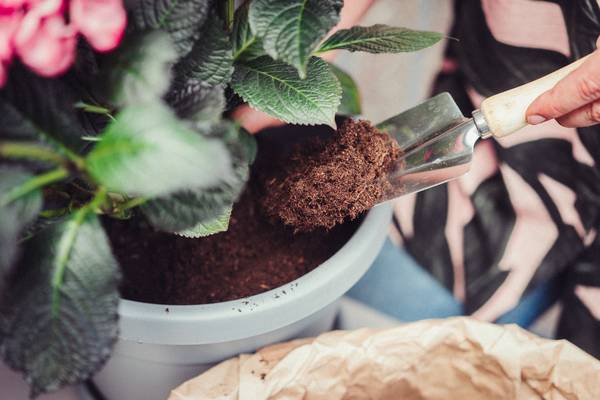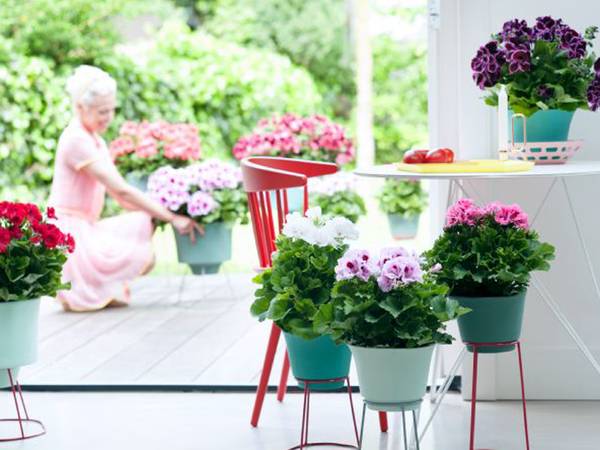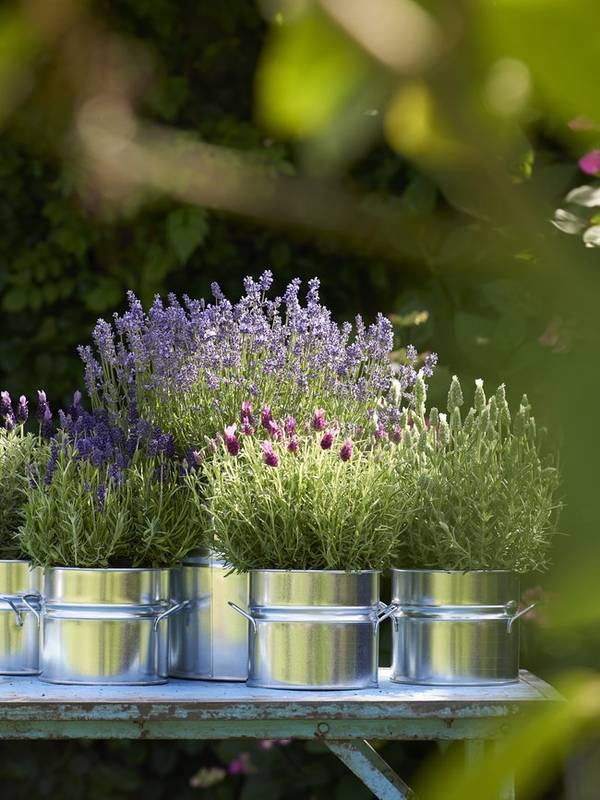
Care
- To bloom richly, Abutilon needs a bright location, but preferably not in full sun.
- The soil should always be slightly moist, as this plant is a hearty drinker.
- Remove spent flowers so that new flower buds can form.
- To keep Abutilon compact, you can occasionally cut away young shoots during the growing season. At the end of winter, the plant can be cut back to full shape.
- Overwinter Abutilon in a frost-free, light place.
Colours and shapes
The Abutilon has beautifully ribbed, herbaceous leaves that look a bit like green velvet. It is a non-evergreen, evergreen garden bloomer to enjoy for a long time. This is often the plant to leave for a while when preparing the garden for winter, as it still has buds that bravely keep on giving colour. The large flowers can have a beautiful, simple shape (five petals and one pistil), but there are also varieties with lush flower skirts or special pistils.
Abutilon is available from April to July in bush and stem form. In the wild, the plant can grow up to 3 metres tall. Some 150 species are known.

Origin
Abutilon belongs to the Malvaceae, or mallow, family, and grows in tropical and subtropical regions of South America, Africa, Asia and Australia. Abutilon appears as a medicinal herb in the writings of Avicenna, also known as Ibn Sina, a great Persian thinker who lived around the year 1000. Many Abutilons available today are descended from a species that Charles Darwin personally brought back from Brazil.
Symbolism
The name Abutilon comes from Arabic and means as much as perseverance: despite its frail appearance, Abutilon is a remarkably strong plant.
